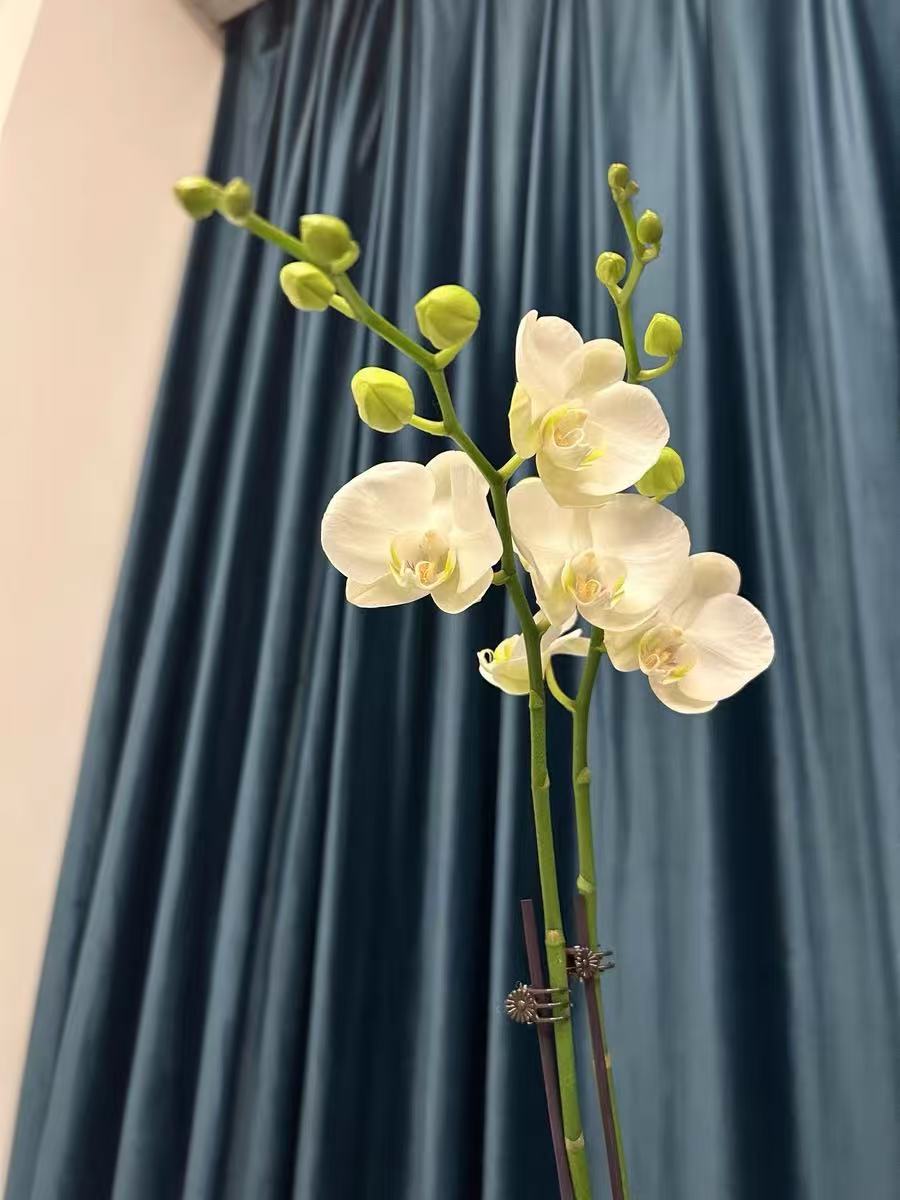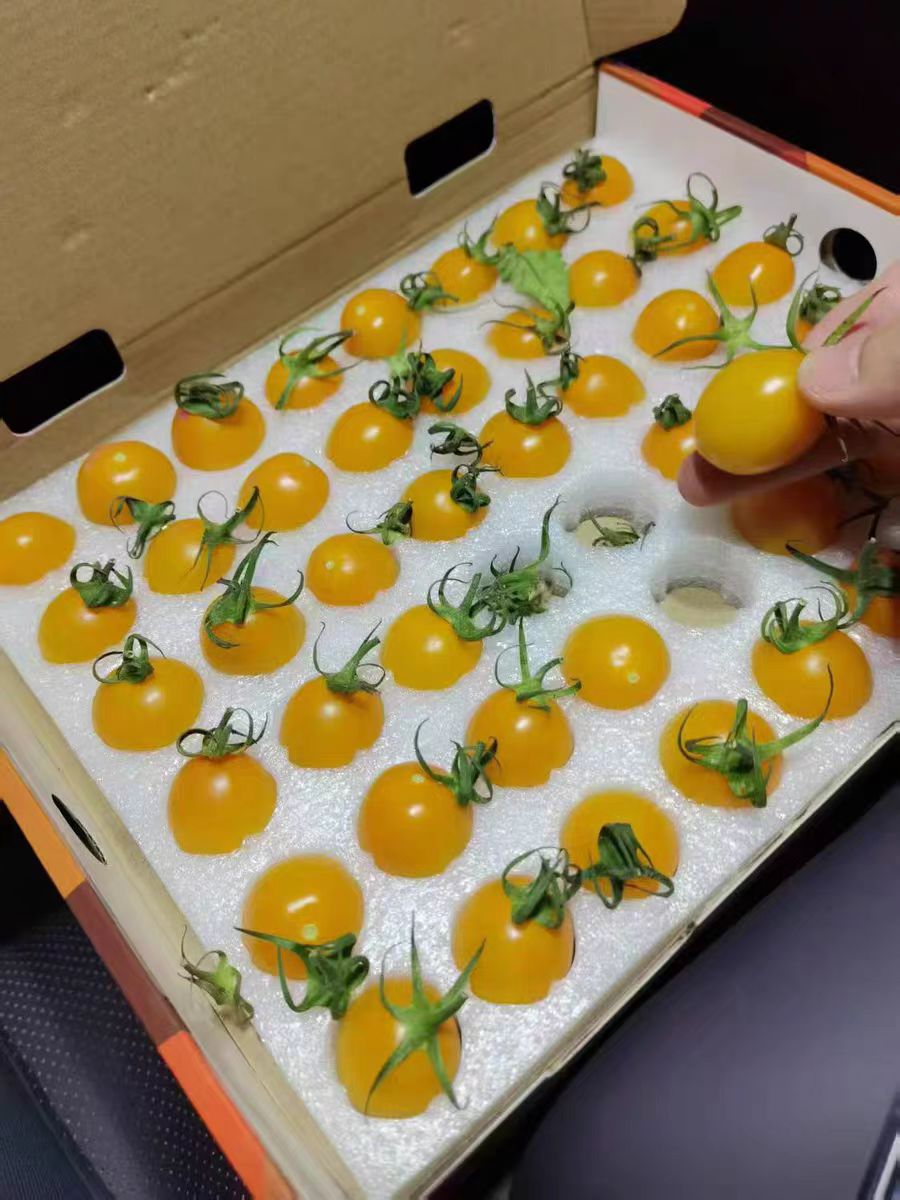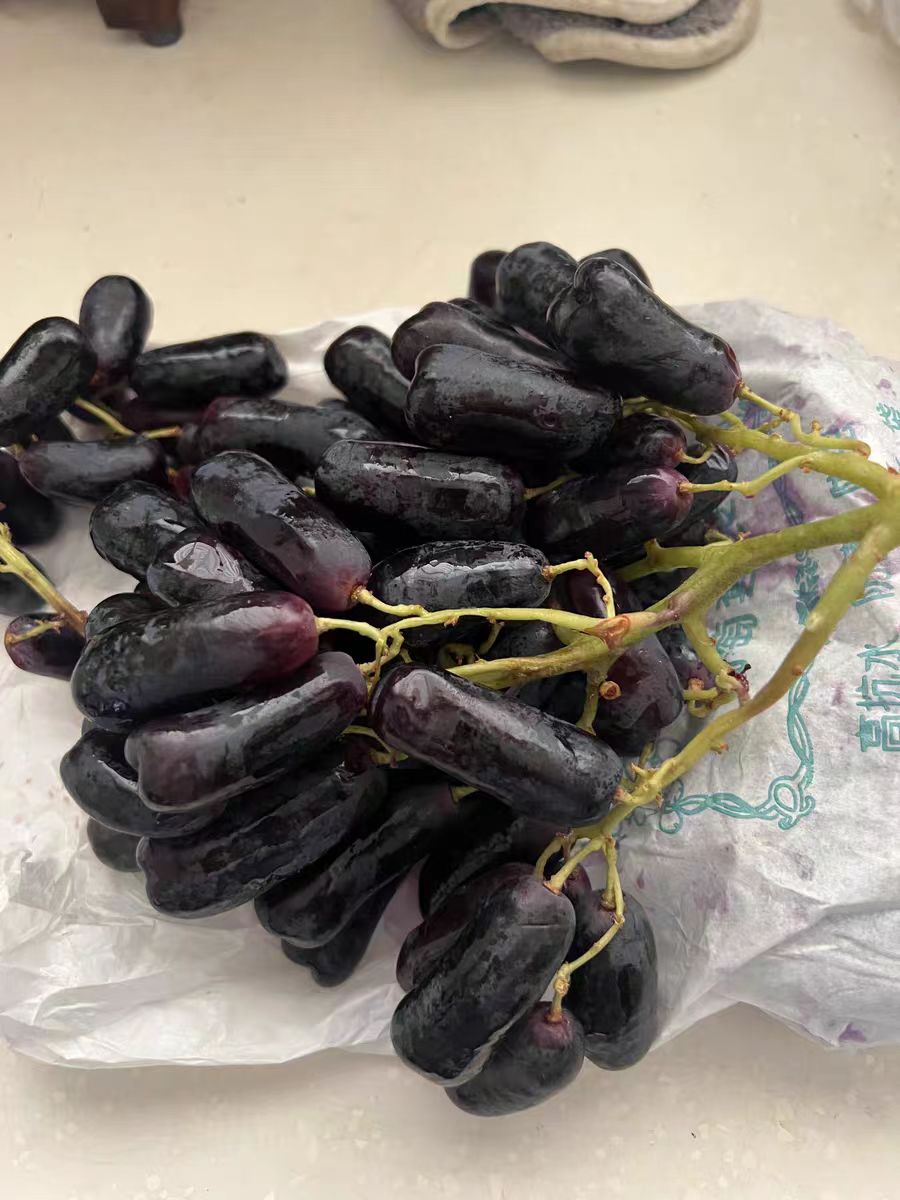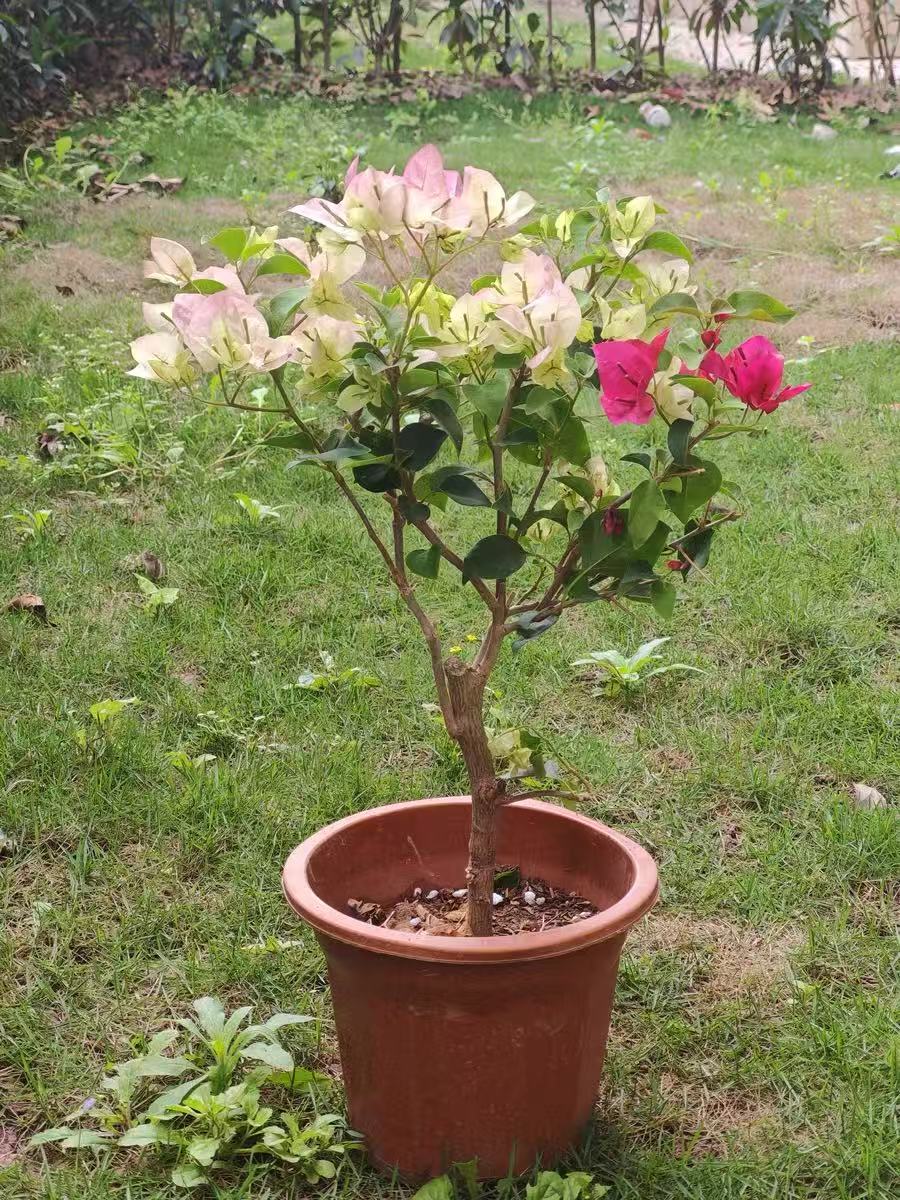As an elegant and beautiful flower, Phalaenopsis is highly favored by many flower enthusiasts. However, to make the potted Phalaenopsis at home bloom in its best glory, it is crucial to understand the taboos and precautions during its maintenance.
The following are several aspects that require special attention in the maintenance of potted Phalaenopsis:
Avoid repotting immediately upon arrival: Newly purchased Phalaenopsis has often adapted to the environment of its original pot. Repotting it immediately after bringing it home will disrupt its stable growth state and increase the risk of root damage. The correct approach is to let the Phalaenopsis acclimate to the new environment for a few days first, then consider whether repotting is necessary. When repotting, try to retain the original soil as much as possible to reduce root damage.
Avoid blind repotting without adding nutrient soil after the flowers fade: After the flowers of Phalaenopsis fade, it doesn't mean that repotting is needed immediately. Repotting at this time may not only disrupt its growth cycle but also damage the plant due to improper operation. If repotting is required, it should be done during the vigorous growth period, and an appropriate amount of nutrient soil should be added to support its subsequent growth.
Avoid splashing water into the leaf center and flowers: The leaves and flowers of Phalaenopsis are very delicate. If water accidentally splashes into the leaf center or flowers when watering, it is likely to cause waterlogging and rot. When watering, try to avoid splashing water into the leaf center. If it does splash in, you can roll toilet paper into a pointed shape to absorb the excess water.
Avoid excessive water control during the flowering period: The flowering period is the most delicate time for Phalaenopsis. Excessive water control will cause the potting soil to become too dry, accelerate the withering of the flowers, and even cause the flower buds to fall off. During the flowering period, the substrate should be kept moderately moist, but not overly wet to prevent root rot. At the same time, adjust the amount and frequency of watering flexibly according to factors such as weather, environmental humidity, and the plant's condition.
Avoid long - term exposure to the sun: Phalaenopsis likes a semi - shaded environment and has special requirements for light. Direct strong light can cause leaf burns and affect the growth and flowering of the plant. Therefore, when maintaining Phalaenopsis, place it in a place with sufficient scattered light, such as an east - facing or southeast - facing balcony, to avoid direct sunlight.
Avoid improper selection of potting soil: Phalaenopsis has high requirements for soil. It is necessary to choose soil that is loose, breathable, and well - drained. Commonly used soil formulas include a mixture of peat soil, perlite, vermiculite, etc. Avoid using heavy and non - breathable soil to prevent root rot.
Avoid neglecting ventilation: Phalaenopsis likes a ventilated environment, especially during the flowering period. If the air does not circulate, it is likely to cause the flower buds to turn yellow and fall off prematurely. Therefore, when maintaining Phalaenopsis, keep the environment well - ventilated and avoid staying in a closed environment for a long time.
Avoid over - concentrated and over - frequent fertilization: Phalaenopsis has a high demand for fertilizers, but never use overly concentrated chemical fertilizers or fertilize too frequently. Concentrated fertilizers can burn the roots of the plant, causing the leaves to turn yellow and fall off. When fertilizing, follow the principle of "applying thin fertilizers frequently", choose a special fertilizer suitable for Phalaenopsis, and dilute it according to the instructions before use.
Avoid planting multiple plants in one pot: Planting multiple Phalaenopsis plants in one pot may lead to competition for nutrients and light among the plants, affecting their growth and flowering. It is recommended to plant only one Phalaenopsis plant per pot to ensure sufficient growth space and nutrient supply.
Avoid neglecting pest and disease prevention and control: During the growth process, Phalaenopsis may be attacked by pests and diseases such as anthracnose, soft rot, leaf spot, scale insects, and red spiders. Strengthen ventilation and light transmission, keep the potting soil clean, regularly check the growth of the plant, and take timely measures to prevent and control once pests and diseases are found.
There are many taboos to note when maintaining Phalaenopsis. However, as long as you master its growth habits and maintenance points, you can easily avoid the pitfalls and make the Phalaenopsis bloom in its most beautiful glory in your home.
How should Phalaenopsis be maintained?

Share with
Tagged in :




Leave a Reply